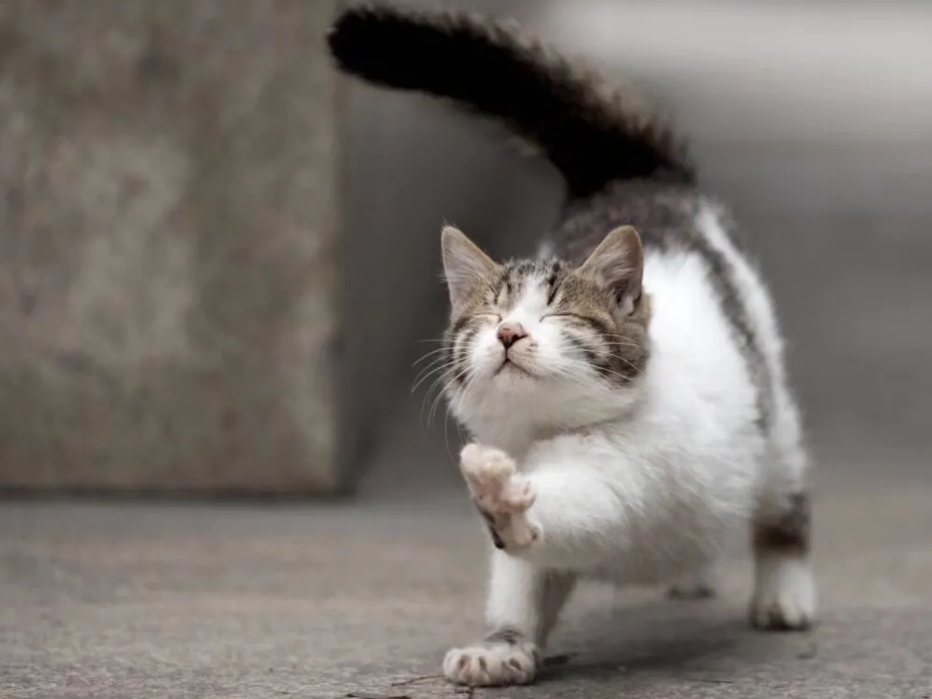Physical Address
304 North Cardinal St.
Dorchester Center, MA 02124
Physical Address
304 North Cardinal St.
Dorchester Center, MA 02124

Let the cat's world be filled with love

Let the cat's world be filled with love

Think cats don’t get stressed? Think again. Learn the 10 critical signs of feline stress, common triggers, and vet-approved solutions to protect your cat’s health.
10 Common Stress Symptoms in Cats
Abnormal Urination/Defecation
Difficulty urinating/urinary blockage; sudden increase/decrease in bowel movement frequency
Abnormal Eating Behavior
Loss of appetite or refusal to eat; vomiting or diarrhea after eating
Excessive Nervousness
Frequent airplane ears, puffed-up fur; increased startle response and aggression
Susceptibility to Infectious Diseases
Higher risk of FIP (Feline Infectious Peritonitis), feline panleukopenia virus, etc.
Frequent Illness
Weakened immune system, constant sickness requiring vet visits
Multi-Cat Household Marking Behavior
Frequent inappropriate urination indoors to claim territory
Emotional Abnormalities
Depression/hyperactivity; excessive hiding
Vocalization Changes
Excessive meowing, hissing, or distressed cries
Weight Fluctuations
Sudden weight loss in short period
Coat Abnormalities
Sudden cessation of grooming or excessive over-grooming
Introduction:
We often envy cats – sleeping all day, playing on demand, with no bills to pay. But our feline friends experience stress too, and unchecked anxiety can lead to serious health consequences.
Section 1: How Stress Manifests in Cats
Unlike humans who verbalize stress, cats communicate through behavior. Watch for these warning signs:
Excessive grooming or hair loss
Changes in litter box habits
Loss of appetite
Unusual aggression or hiding
Excessive vocalization
Section 2: Common Stress Triggers (With Vet Insights)
Cats thrive on routine. These situations frequently cause stress:
✓ Environmental changes (moving, travel, new furniture)
✓ New household members (pets or people)
✓ Unwanted interactions (forced grooming, strangers)
✓ Health issues (often hidden until severe)
Did you know? The American Veterinary Medical Association reports that stress contributes to 80% of feline lower urinary tract diseases.
Section 3: Practical Stress Solutions
1. Identify and Remove Stressors
Example: If neighborhood cats stress your pet:
Use opaque window film
Play white noise to mask outdoor sounds
Create high perches for secure observation
2. Smooth Transitions
For moves or new items:
Place familiar blankets in new spaces
Introduce carriers weeks before vet visits
Use pheromone diffusers (like Feliway)
3. Multi-Cat Household Tips
Prevent competition with:
One litter box per cat + extra
Separate feeding stations
Vertical space (cat trees, shelves
Conclusion:
Your cat can’t say “I’m stressed,” but their behavior speaks volumes. By recognizing these signs early, you prevent:
→ Urinary blockages ($2,000+ emergency vet bills)
→ Chronic digestive issues
→ Dangerous immune suppression
CTA:
Has your cat shown these stress signs? Share your experience in comments – your story might help another cat parent!